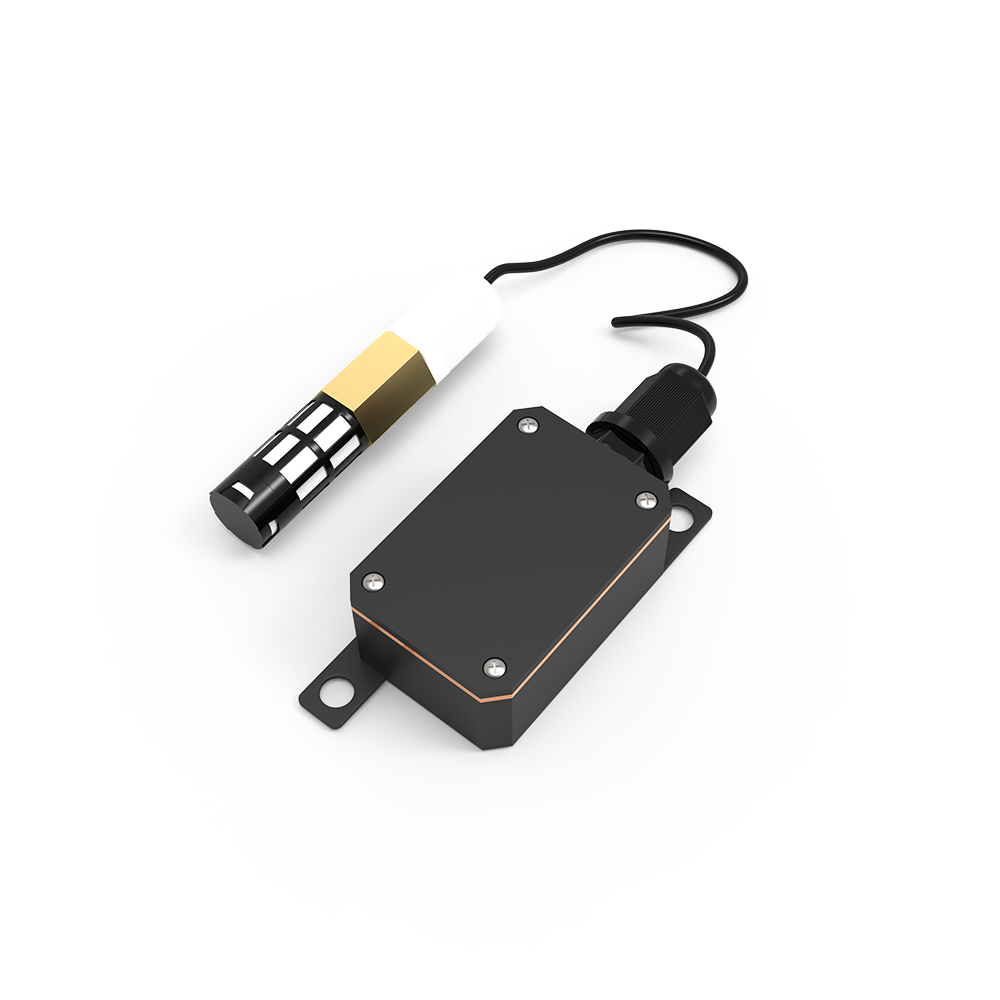The Importance of Wireless Temperature Humidity Sensors for Smart Environments
February 25,2025
Smart environments are becoming a big part of our daily lives. Technology helps improve comfort, safety, and efficiency. One key tool is the wireless temperature humidity sensor. These sensors are important because they are accurate, reliable, and easy to use. This post explains what these sensors are, how they work, and where they are used.
What is a Wireless Temperature Humidity Sensor?
A wireless temperature humidity sensor measures the temperature and humidity in a space. Unlike wired sensors, these sensors don’t need physical connections. They send data using wireless technology like Wi-Fi, Bluetooth, or Zigbee. This makes it easy to check conditions in real time.
The sensors have parts that measure temperature and humidity. They give constant data, which is useful for making decisions, especially in places where controlling the environment is important.
How Do Wireless Temperature Humidity Sensors Work?
Wireless temperature humidity sensors have three main parts: the sensor, the wireless transmitter, and the power source. The sensor measures temperature and humidity. It turns these readings into electrical signals. The wireless transmitter sends this data to a receiver, like a phone or computer.
Wireless sensors are easy to set up. You can use them in homes, farms, or factories. Wireless sensors are important for creating smart, connected systems.
Benefits of Wireless Temperature Humidity Sensors
1. Convenience and Flexibility
They are easy to use. Since they don’t need wires, you can place them anywhere. This is helpful in hard-to-reach places.
2. Remote Monitoring
Wireless sensors let you check the temperature and humidity from anywhere. This is useful in industries like farming, medicine, and food storage, where the right conditions are important for safety and quality.
3. Real-Time Data Access
Wireless sensors provide real-time data. For example, a manager can check conditions in many places from one system. This helps control the climate in different areas.
4. Cost-Effectiveness
They are often cheaper than wired ones. You don’t need extra wires or equipment, so it costs less to set up. Also, wireless sensors are easier and quicker to install.
5. Easy Integration with Other Systems
These sensors work with many systems. Whether it’s a smart home, warehouse, or farm system, they help improve automation and control.
Applications of Wireless Temperature Humidity Sensors
1. Smart Homes and Buildings
In homes and offices, they keep the space comfortable. They work with thermostats and HVAC systems to adjust temperature and humidity automatically. This saves energy and keeps people comfortable.
2. Agriculture
In farming, controlling the climate is important for growing crops. They let farmers check conditions in greenhouses, fields, and storage rooms. By checking data from a distance, farmers can adjust watering, ventilation, and heating.
3. Food and Drug Storage
In food and medicine, the right temperature and humidity are important for safety and quality. Wireless sensors track conditions in storage areas like warehouses, fridges, and freezers. This helps keep products fresh and safe.
4. Industrial Applications
In factories, controlling the environment helps keep production smooth and products high-quality. They are used in clean rooms, storage areas, and production lines. They also help predict when equipment may fail.
5. Museums and Archives
Museums and libraries need to protect important items like artwork, documents, and antiques. Wireless sensors monitor temperature and humidity to keep conditions just right. If something changes, staff get alerts.
Why Choose Wireless Temperature Humidity Sensors?
Wireless temperature humidity sensors are better than wired ones in many ways. They are portable, easy to use, and can be checked remotely. If you need a sensor for a special task, an OEM remote temperature humidity sensor might be a good option. These sensors can be made to fit your needs, whether you need a very accurate sensor or a basic one.
Factors to Consider When Choosing a Wireless Temperature Humidity Sensor
1. Accuracy
Different jobs need different levels of accuracy. For example, storing food or medicine needs a very accurate sensor. Choose a sensor that fits your needs.
2. Power Supply
Some wireless sensors use batteries, while others use solar power or electricity. Think about how you will power the sensors, especially if they are in places without easy access to power.
3. Range and Connectivity
Check if the sensor’s wireless range fits your needs. The range can be different depending on whether the sensor uses Wi-Fi, Bluetooth, or Zigbee. Make sure the signal can reach the receiver.
4. Environmental Conditions
Make sure the sensor can work in the environment where it will be used. Some places are very hot, cold, or wet, and the sensor needs to be strong enough to handle those conditions.
5. Data Integration
Think about how the sensor’s data will work with your system. Whether it’s a cloud system, a local server, or an IoT platform, make sure you can easily access and use the data.

Future Trends in Wireless Temperature Humidity Sensors
They are getting smarter as technology improves. New trends include better wireless connections with 5G, more energy-efficient sensors, and using AI to analyze the data.
With more devices connecting to the internet, wireless sensors will play a bigger role in creating smart environments. Future sensors will likely be more accurate, last longer on batteries, and work better with other smart devices.